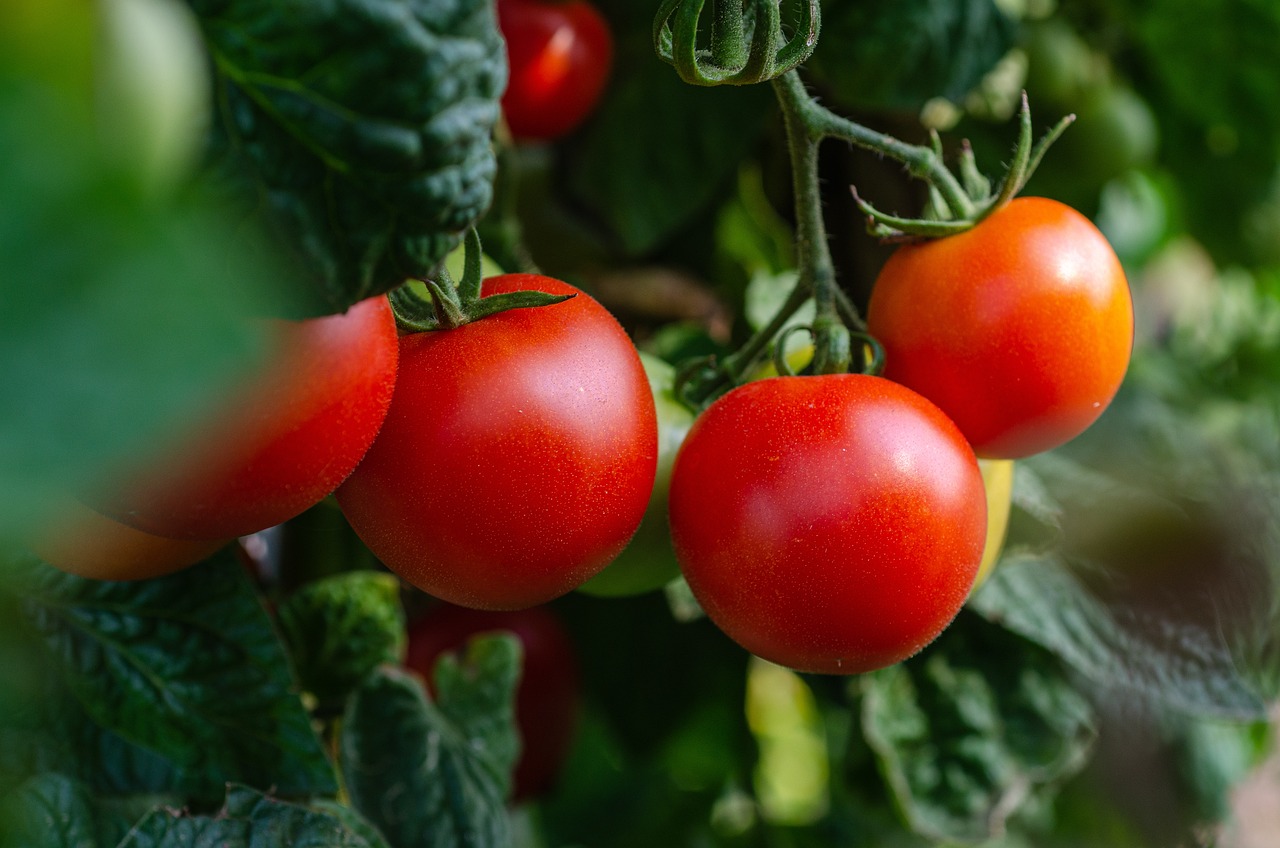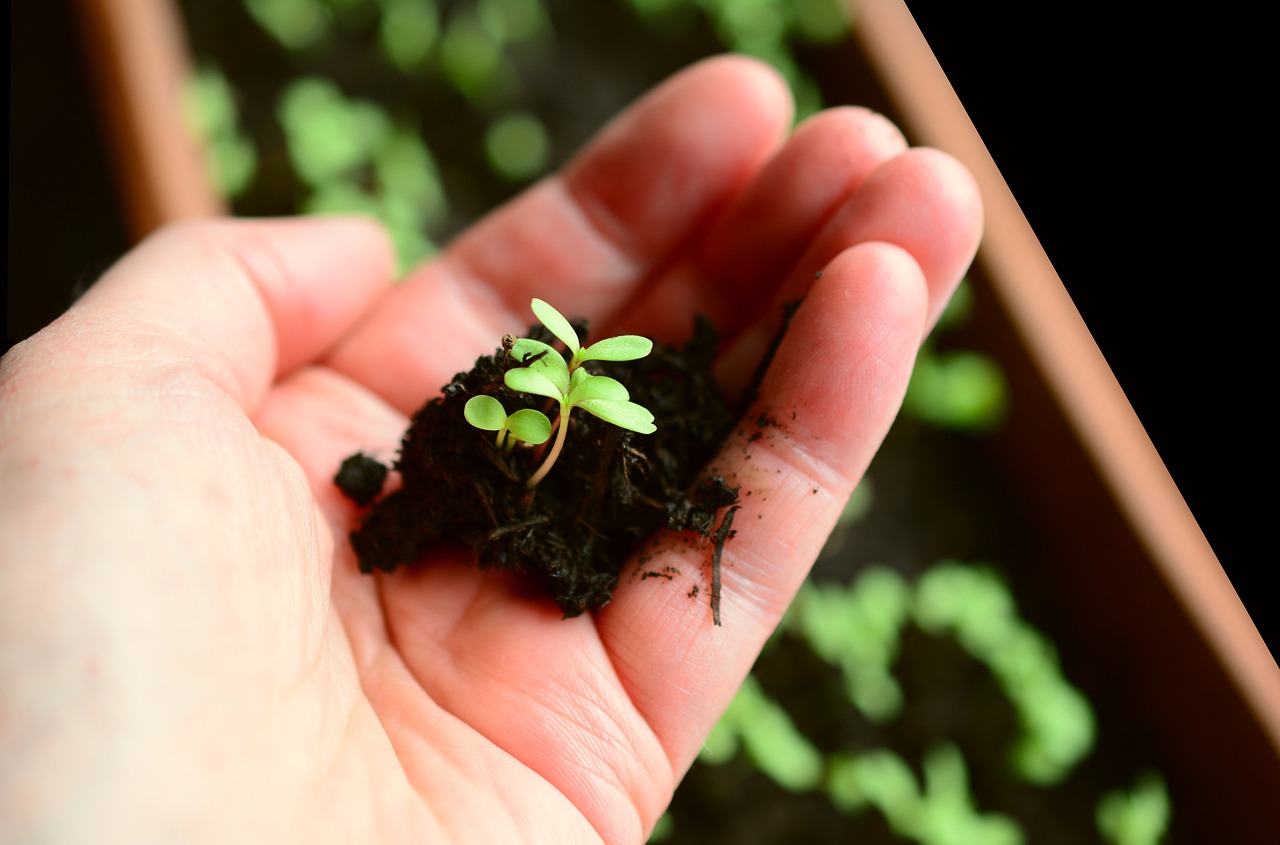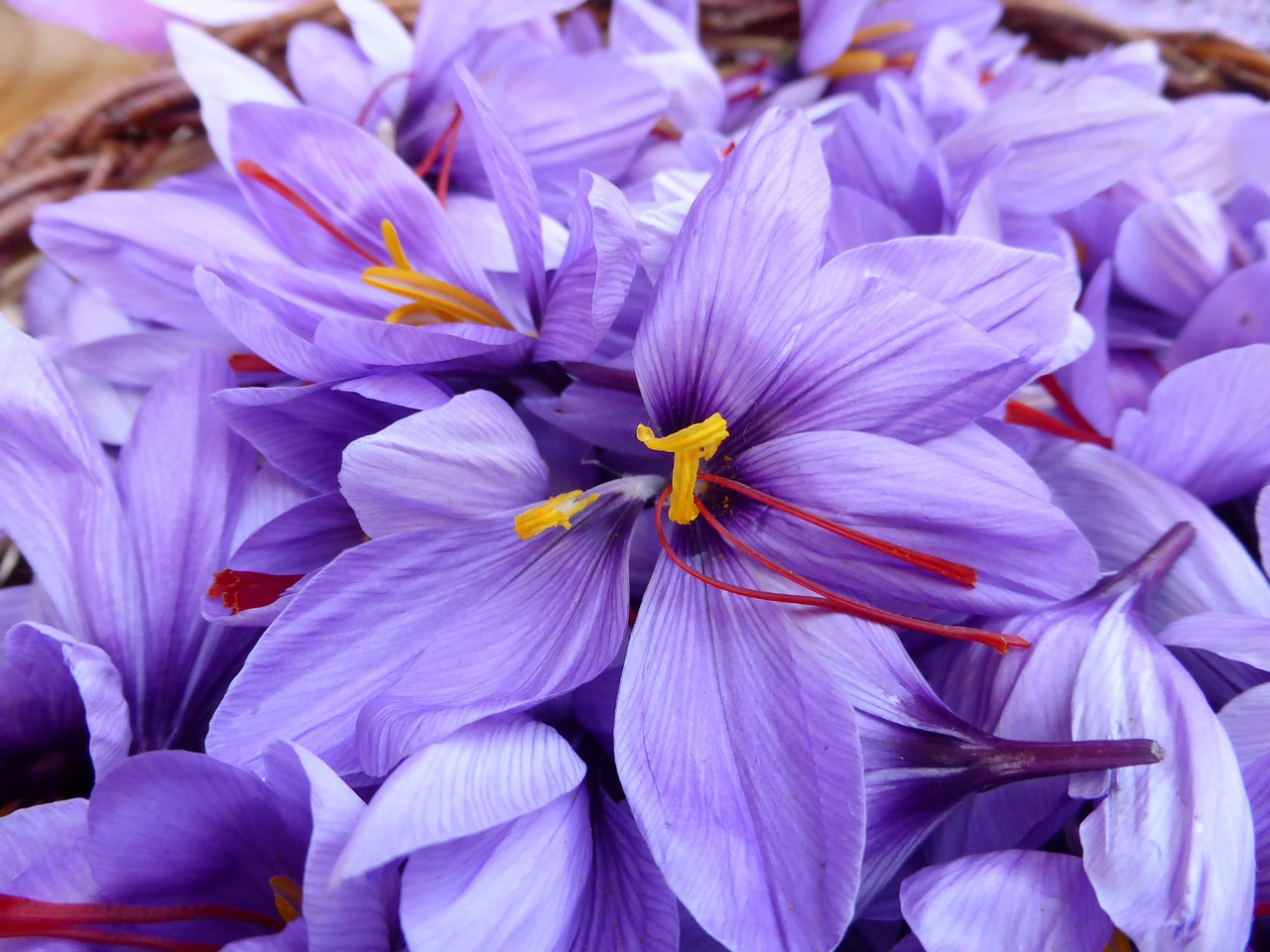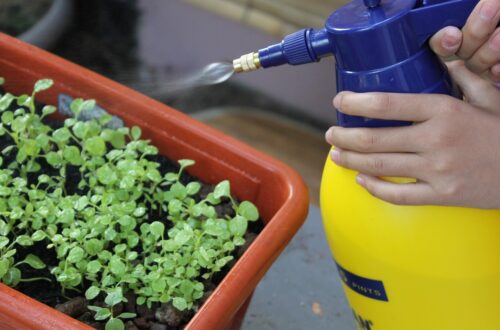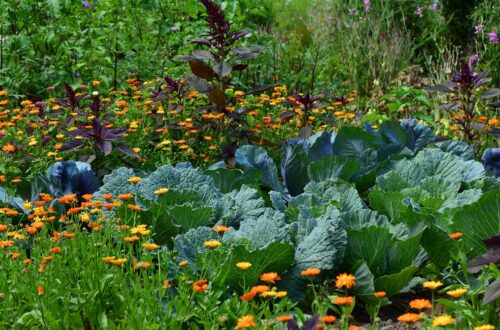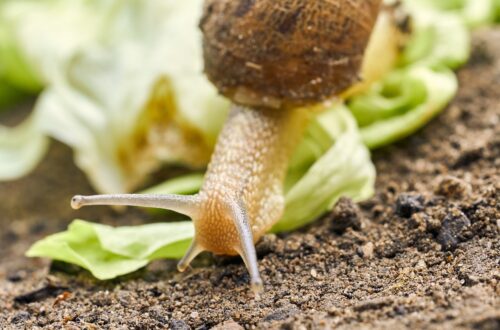Growing herbs, flowers and vegetables in your garden can help you save money and slash your grocery costs. But purchasing plants, soil and other gardening supplies can get pricey, especially if you’re just starting out with a new garden. However, by following the simple gardening hacks below, you can learn how to save money on plants and garden on a budget too!
AFFILIATE DISCLOSURE: AS AN AMAZON ASSOCIATE, I MAY EARN COMMISSIONS FROM QUALIFYING PURCHASES.
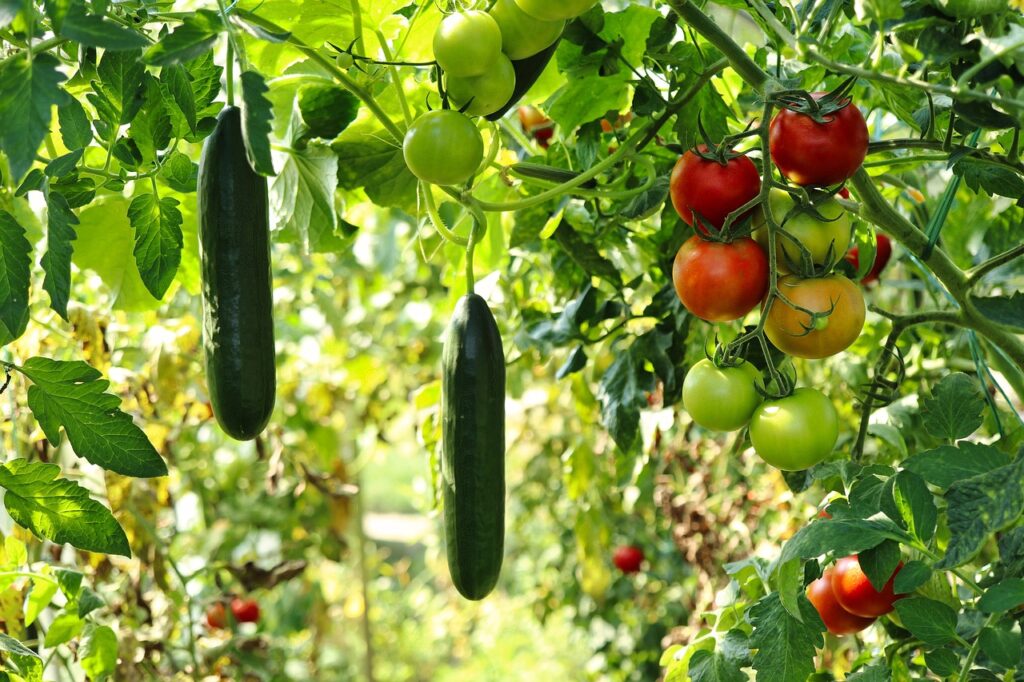
12 easy ways to garden on a budget
Growing your own vegetables and herbs is one of the key financial benefits of homestead gardening, but there are other ways to save money on flower beds and vegetable gardens as well. Try out some of the budget gardening ideas below to slash your garden costs and grow more plants on the cheap!
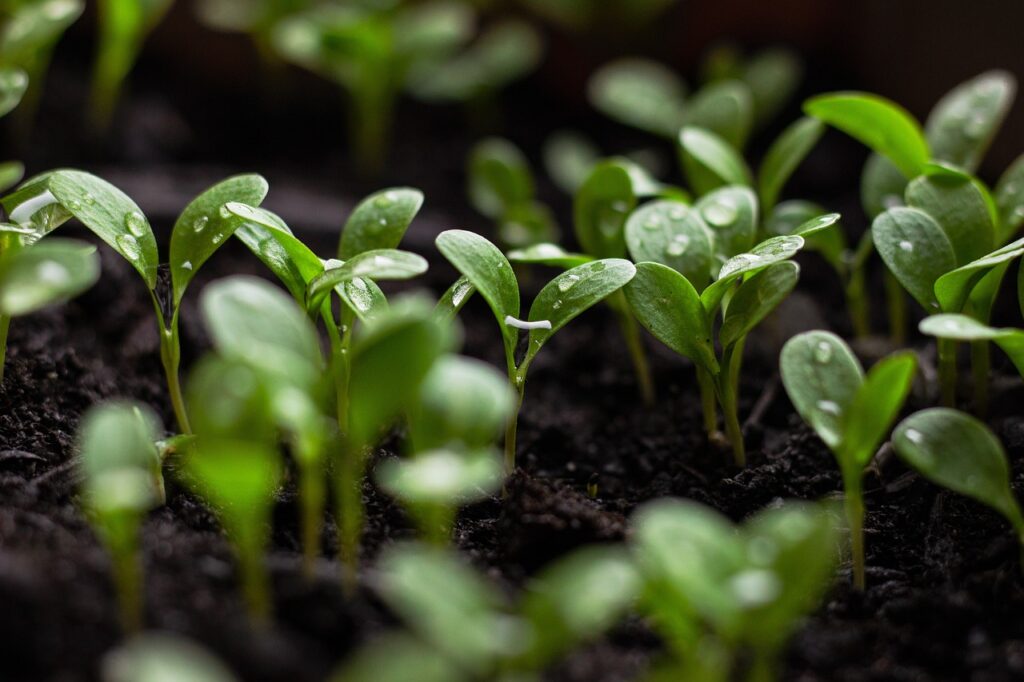
1. Build your soil first.
Starting out with healthy soil is key if you want to garden on a budget. After all, it doesn’t matter what plants you keep if you have poor soil because nothing will grow either way! That’s why if there’s one thing you should spend money on, it’s your soil.
A good place to start is soil testing, which can either be done at home or at your local cooperative extension office (tests at our local office run about $20 to $25). All you need to do is collect some soil samples and send them into your extension office. When you receive the results of your tests, your cooperative extension office will also provide you with a neat little “cheat sheet” of recommendations for what soil amendments you might need.
If you’re lucky, your test may show that you already have healthy soil, but you can also improve your soil for free with compost or aged manure from local farms — just be sure that you get aged manure from organic growers. Manure produced from animals that have eaten hay sprayed with pesticides may spoil your garden beds.
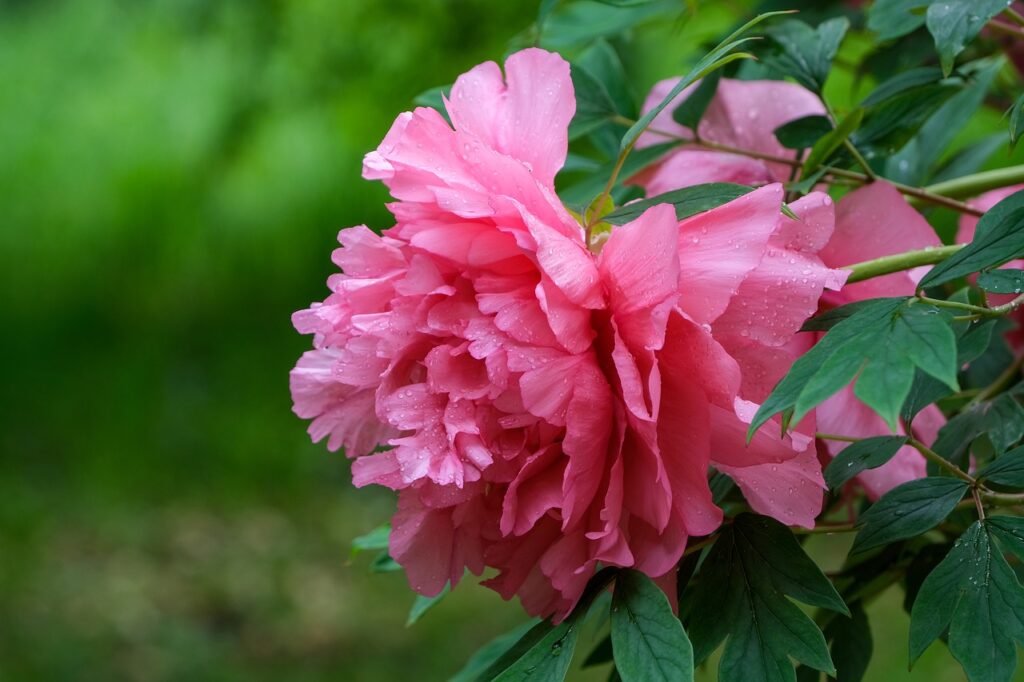
2. Research individual plant needs.
One of the biggest wastes of money in gardens occurs when unhappy plants die back and need to be replaced. This typically happens when plants are grown under the wrong growing conditions, which results in stunted growth, weak stems and eventual plant death. No matter how much we try to change things, sun loving plants will never thrive in shade and low water plants will never adapt to soggy gardens!
Starting off with plants that are well suited for the light and soil in your garden will help you reduce your gardening costs in the long run. But it’s also important to research the particular growing needs of the plants you choose. Providing individual plant species with the proper balance of light, water and nutrients will set your garden up for success and reduce the likelihood that you’ll need to replace plants later on.
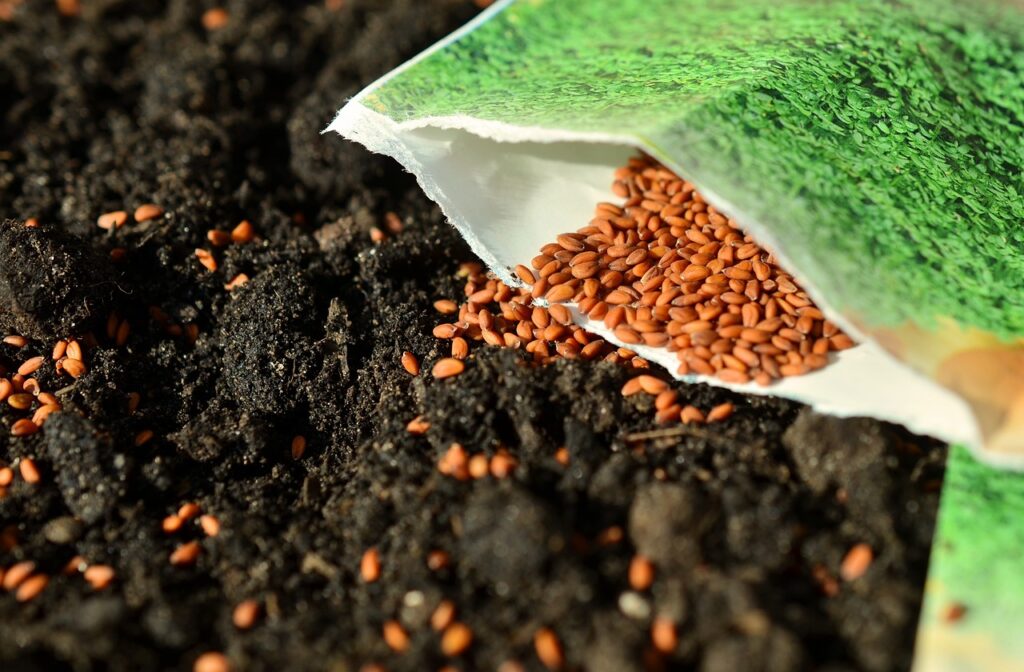
3. Grow plants from seed.
Most vegetables, herbs and flowers can be grown from seeds or nursery starts. But if you’re gardening on a budget, you’ll want to grow plants from seed whenever you can. Plants grown from seed may be slower to start, but they’re much less expensive than full grown plants!
Fast growing vegetables, like carrots, radishes and lettuce, mature quickly even when grown from seed or, if you have a container garden, you may want to try out these best vegetables to grow to save money. If you really want to reduce costs in your garden, try growing ornamental flowers, wildflowers and native plants from seed. Some flowering plants need to be cold stratified to germinate, but otherwise they’re very easy to grow and you can save a lot of money doing so!
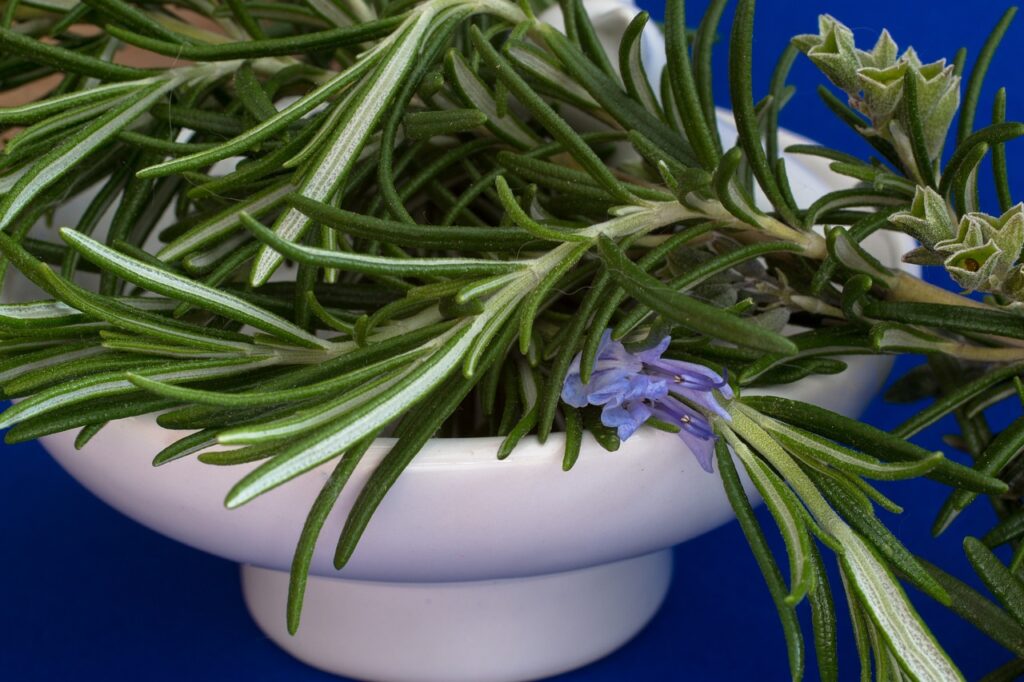
4. Propagate plant cuttings.
While growing plants from seeds is a great way to cut gardening costs, another cheap gardening hack is to grow plants from stem or leaf cuttings. Herbs, in particular, are very easy to grow from cuttings and you can start herbs like rosemary, mint and basil from a small section of stem. Placed in water or soil, plant cuttings are usually quick to root, but you can speed things along by covering cuttings with humidity domes and adding rooting hormone to cuttings propagated in soil.
If you keep tomatoes in your garden, you can often propagate suckers to make new tomato plants. And if you happen to have gardening friends, you may be able to score a few new plants in autumn when it’s time to divide perennials. Many perennials, like daylilies and irises, need to be divided every 3 to 5 years and many growers are usually happy to give their extra plants away!
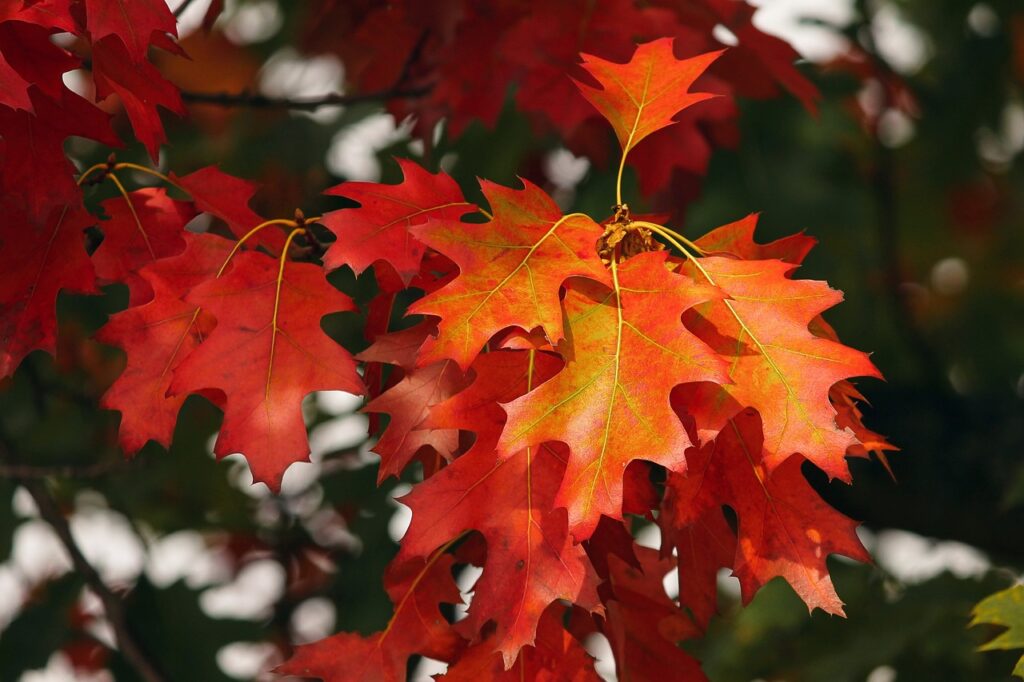
5. Make your own compost and mulch.
Bagged compost and mulch can get pricey fast, but you often don’t need to buy these products at all. Compost, in particular, is super easy to make at home using both outdoor composting or indoor composting methods, like vermicomposting and Bokashi. With composting, you can eliminate food waste and transform food scraps and yard debris into one of the best organic soil amendments on Earth!
As for mulch, there’s no reason to pick up bales of straw or expensive wood chips if you have a few trees on your property. Every fall, trees drop boatloads of leaves that can be chopped and turned into an all natural organic mulch that’s ideal for vegetable beds and flower gardens alike!
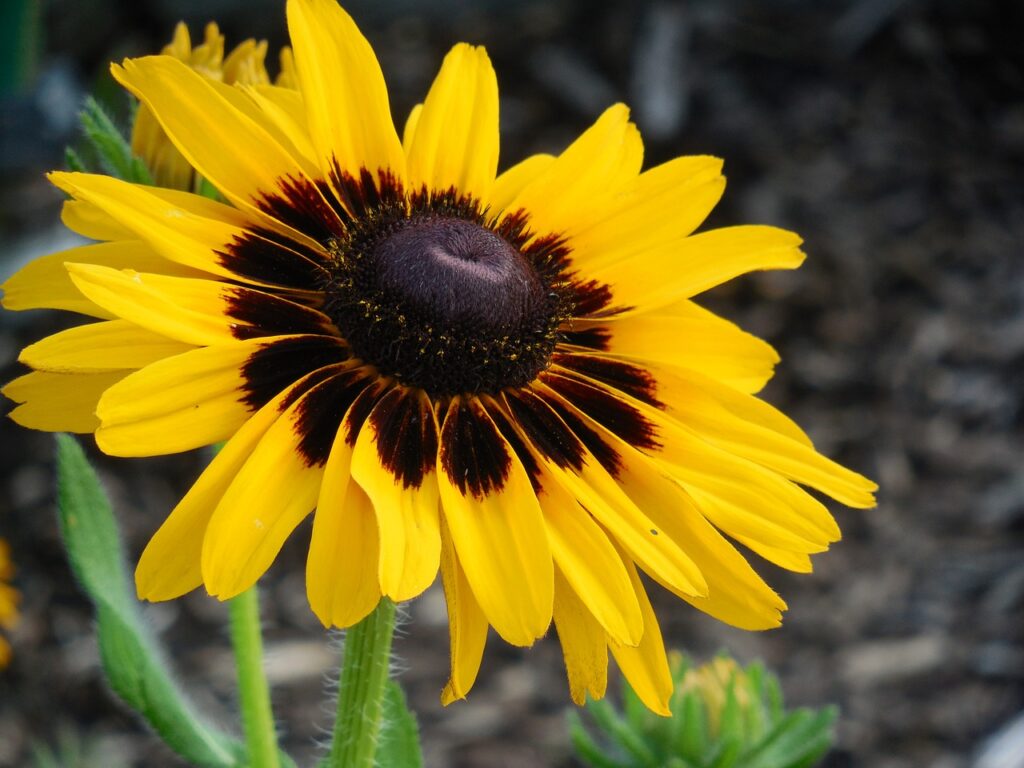
6. Grow “big ticket” plants.
If you’re keeping a budget garden and you don’t have a lot of money to spend on plants, be smart with your dollars and grow the plants that will save you the most amount of money. At the grocery store, herbs and fresh lettuce tend to be the priciest produce, but if your family eats a lot of melons, tomatoes or other crops, it may make sense to grow those items in your garden instead.
Foods like horseradish root, turmeric and ginger can be expensive as well, but these crops can all be grown in vegetable beds. Flowering plants grown from seed can also save you a lot of money or you can grow some of these profitable crops to sell to recoup some of your gardening expenses.
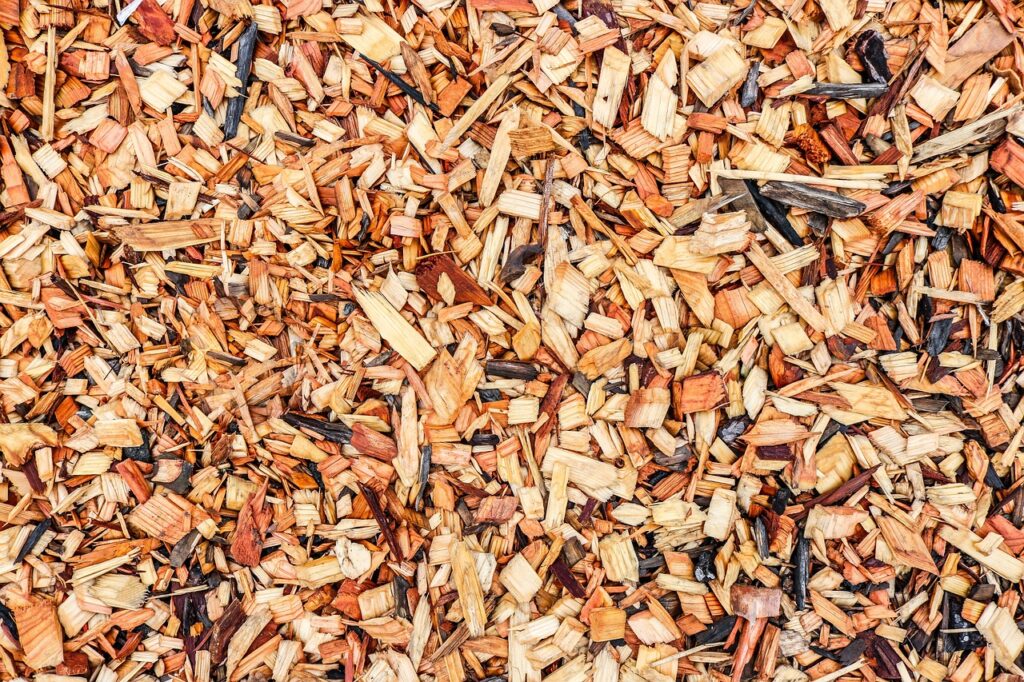
7. Buy soil and mulch in bulk.
Even if you don’t want to make your own mulch or compost, you can still save money on these products by purchasing mulch in bulk from your local garden center. Plant nurseries often sell mulch and garden soil by the truck load and these products are much cheaper than bagged soils, potting mixes and mulches. And if you don’t think you need that much mulch, you can always split a delivery with a neighbor!
For even more cost savings, you can sometimes get free wood mulch from local tree removal services. These companies cut down and mulch trees, but they often don’t have anywhere to place the remaining mulch. Sometimes if you call up a local tree service company, they’ll deliver a load of wood mulch right to your door… for free!
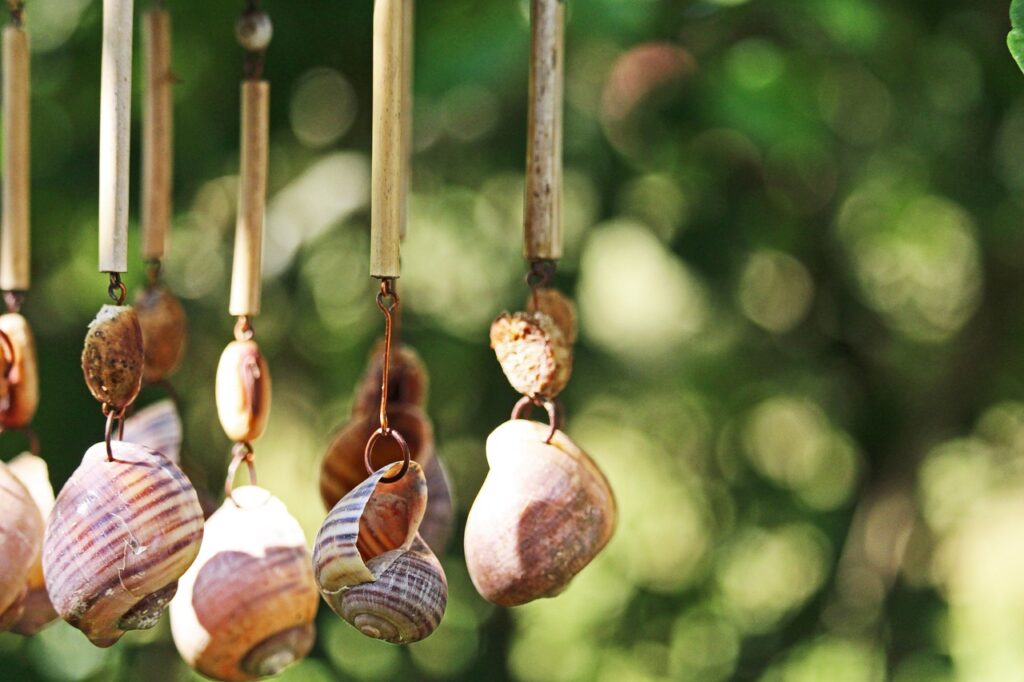
8. Upcycle what you can.
Most garden supplies can be purchased secondhand from thrift shops or websites like Craigslist and Facebook Marketplace. When you can pick up gently used pruners, shovels and other garden accessories for a fraction of the price, there’s no need to buy these items new!
Other garden items can often be made from upcycled things you already have lying around your home:
Need plant ties to support your tomato crops? Cut up an old pair of pantyhose and use the pieces to hold up your tomatoes!
Want a windchime to add flair to your garden? Make an upcycled set by tying some old kitchen utensils to a vintage teapot with some fishing line!
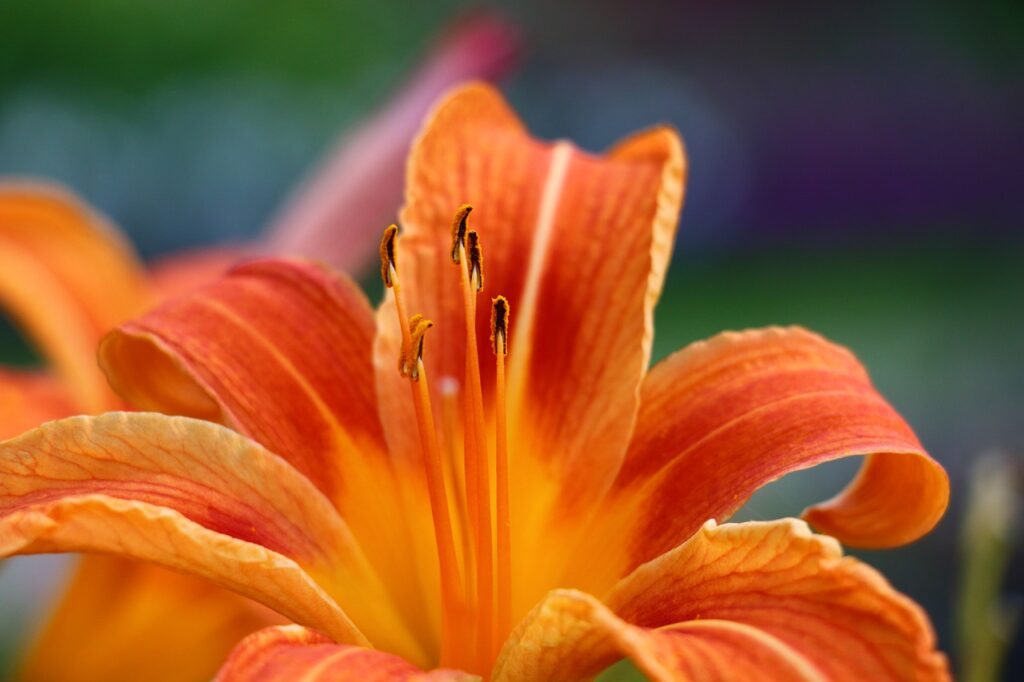
9. Attend local plant sales or swaps (or host one!)
Plant nurseries can be expensive, especially if you want to purchase a lot of plants at once. But you can often shop seasonally at local plant sales and save a ton of money. Plants swaps are even less expensive — just bring along a few plants to trade for the plants you really want!
Churches, non-profits and environmental education centers often hold plant sales in spring and autumn to raise funds for their programs and you can usually find out about these sales on websites like Facebook. However, if there aren’t any swaps or sales in your area, you can certainly host your own!
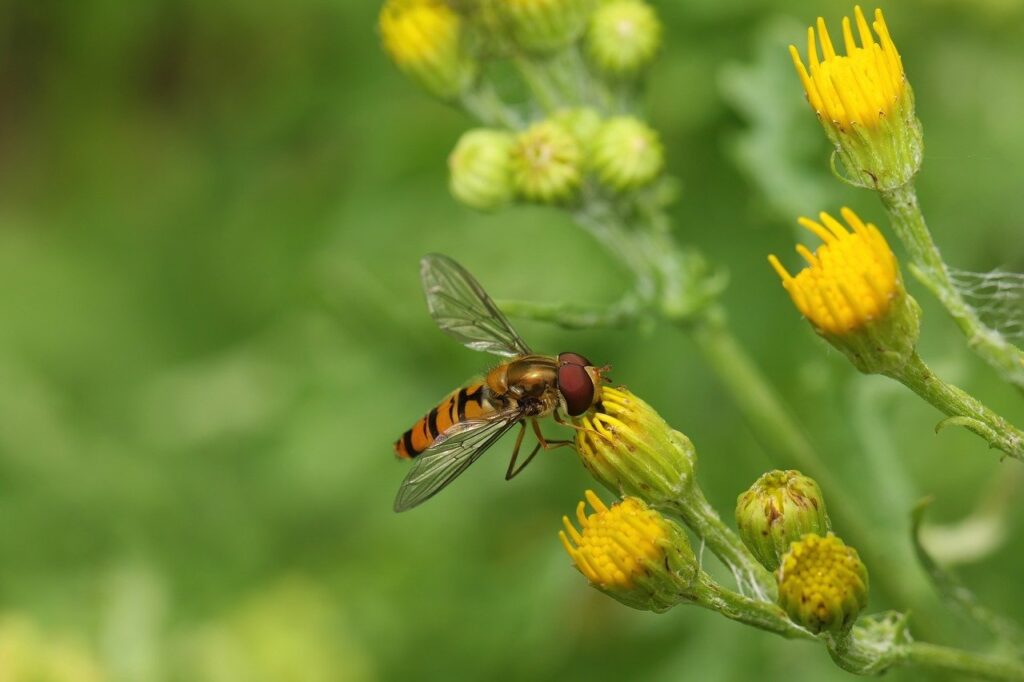
10. Attract beneficial insects and pollinators.
Finding ways to garden on a budget challenges us to think outside the box and get creative with our plants and gardening supplies. But once you’ve installed your garden and sown your seeds, there are other ways to maximize your garden space and get a larger harvest of fruit and vegetables. And one of the best ways to do that is with pollinators!
Attracting pollinators, like bees and butterflies, ensures that your crops will be pollinated and the more work pollinators do, the bigger your harvest will be. Growing plants pollinators love, like flowering chives, yarrow and bee balm are all great ways to lure pollinators to your garden and increase your harvest of zucchini, cucumbers, melons and more!
While you’re at it, try out companion planting with herbs like parsley and cilantro and flowering plants like calendula, nasturtiums and marigolds. These plants will attract pollinators, but they’re also irresistible to hoverflies, parasitic wasps and other beneficial insects that feed on garden pests. When you use companion planting for pest control, you won’t need to rely on pesticides and other pest control products from your local garden center!
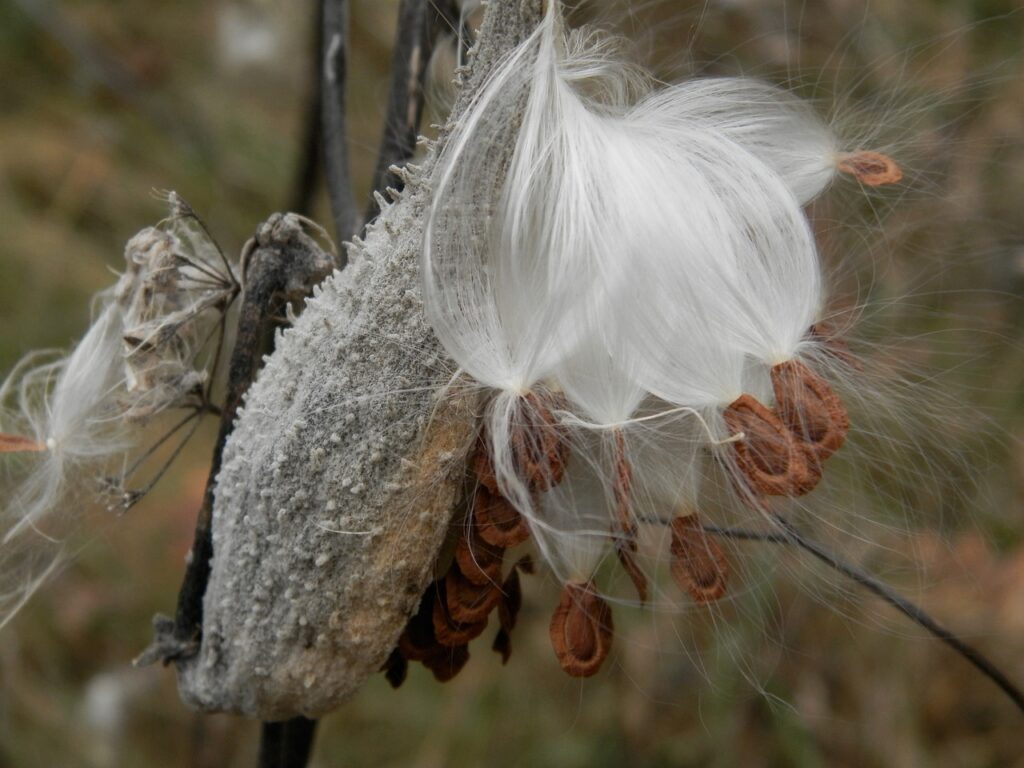
11. Save plant seeds.
Plant seeds are cheaper than started plants, but you’ll save even more money if you preserve your own vegetable, herb and flower seeds. Most often, plant seeds are gathered either in late summer or fall and then they’re dried in a single layer on a baking sheet. Once dried, plant seeds can be stored in tiny seed envelopes until you’re ready to plant them in next year’s garden — but don’t forget to label your seeds!
Collecting flower seeds is pretty straightforward, but if you want to save your own vegetable seeds, it can be a bit more involved. For instance, if you want to save cucumber seeds, you’ll need to gather them from “overripe,” yellow cucumbers as the seeds in green cucumbers are usually not mature enough to sprout. If seed saving appeals to you, read up on the seed saving guidelines for the specific plants you’re working with to make sure you’re saving the seeds correctly.
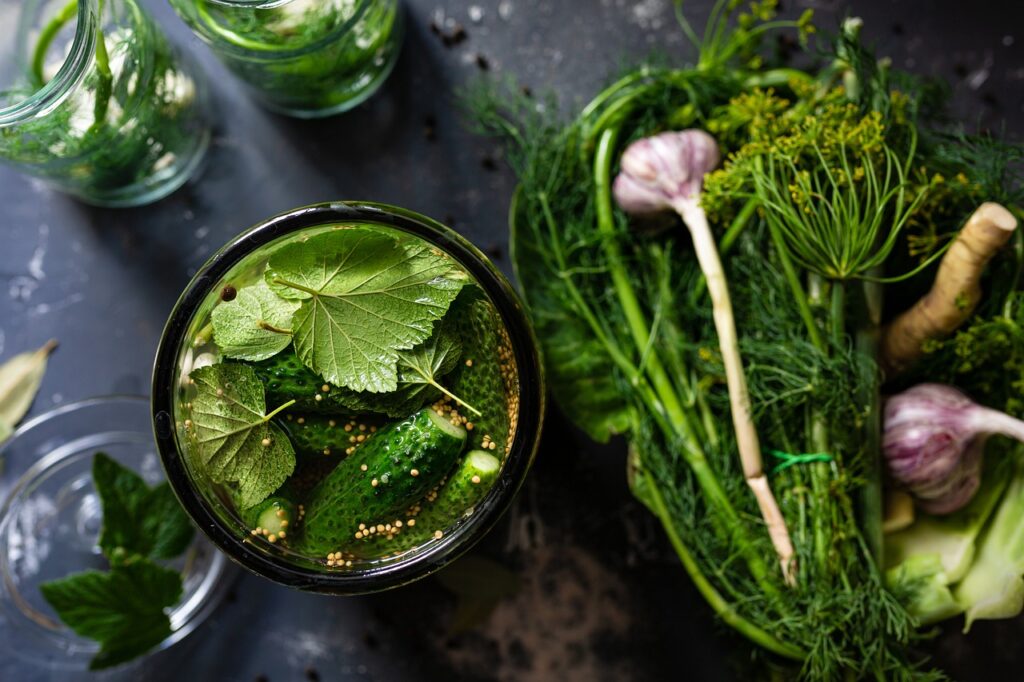
12. Master food preservation.
Saving plant seeds is on way to get more out of your garden, but you can also boost your harvest yields by mastering food preservation techniques. That way, if your garden produces more fruit, veggies and herbs than you can use fresh, none of that delicious, homegrown food will go to waste!
As far as home preservation goes, you have a few options. You can dehydrate vegetables, fruit and herbs and save them as snacks, grind them into spices and powders or use them in homemade herbal teas. Alternatively, you can blanch and freeze fresh produce, lacto-ferment it (sauerkraut or pickles, anyone?) or can can it and enjoy your harvest through the winter months!
By saving your garden harvest, you’ll cut down on your grocery bill even further, eliminate food waste and create the most delicious home preserves and canned goods you’ve ever tasted!
